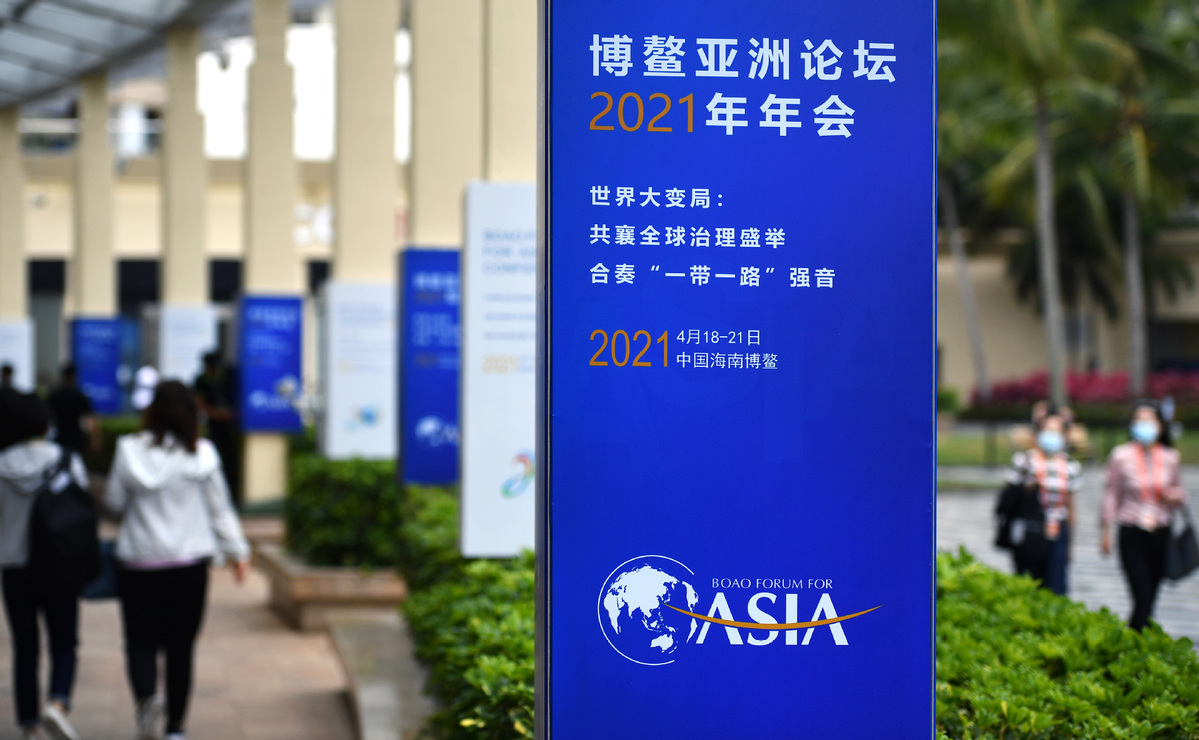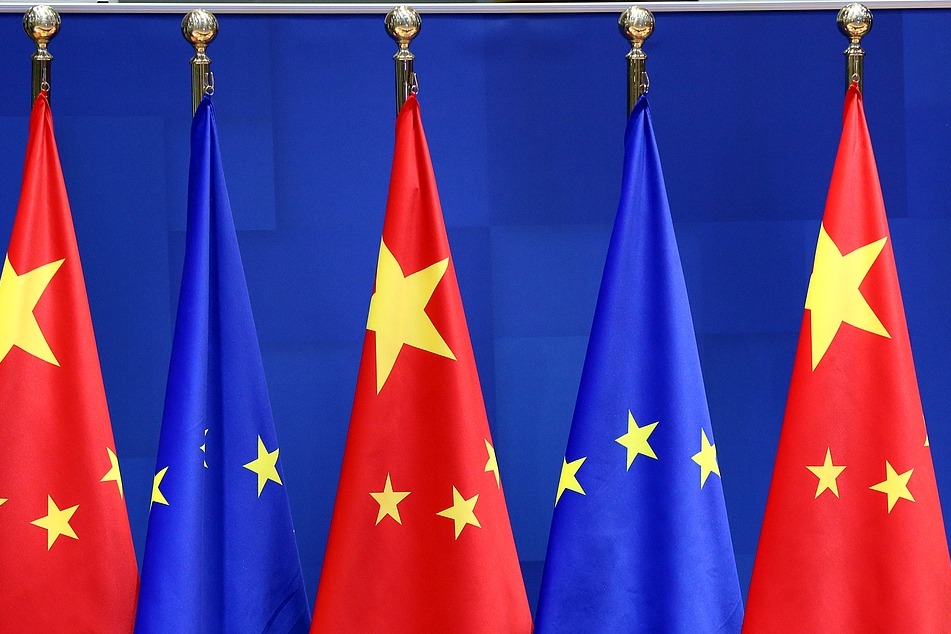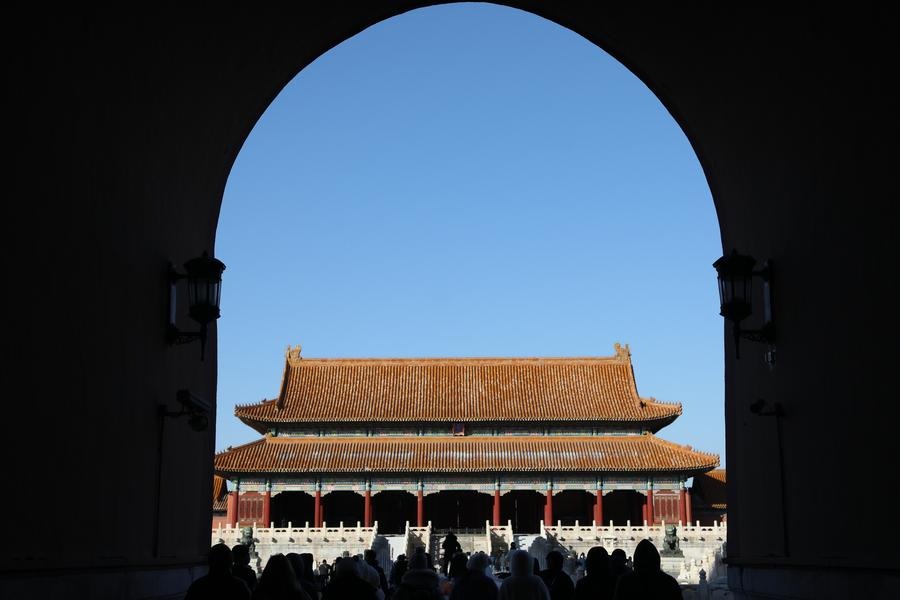How China and Asean can build the foundations for South China Sea


At the Boao Forum for Asia annual conference last month, experts and academics from countries around the South China Sea once again gathered in Hainan, China, to discuss how to build a new regional maritime order based on cooperation.
From an operational perspective, cooperation among South China Sea littoral states can be divided into three areas. First, the parties in question can directly resolve their territorial disputes and delimitation claims through bilateral dialogue and consultation.
Second, China, Vietnam, the Philippines, Malaysia, Brunei, Indonesia and other subregional states can establish crisis management mechanisms through bilateral or multilateral negotiations and consultations, to avoid conflicts over the control of islands and reefs, as well as maritime jurisdiction and resource development.
Third, all South China Sea coastal states can implement regional maritime governance arrangements on marine environmental protection, maritime search and rescue, and the like.
In general, however, current maritime cooperation remains on a bilateral level, in traditional fields, rather than on a multilateral basis and in non-traditional fields. Many initiatives simply have not been implemented.
For example, most littoral states continue to remain ambivalent about the initiative previously proposed by China to set up three specialist technical committees under the Declaration on the Conduct of Parties in the South China Sea (DOC).
There are three reasons for this. First, some claimant states lack the political will to cooperate.
Second, as the window for talks on a code of conduct closes, from the perspective of these countries, the importance of unilateral action to consolidate and expand their vested interests far outweighs the need for cooperation.
Third, some extra-regional countries like the United States continue to intrusively pursue their geopolitical interests through military and diplomatic means, thereby roiling the waters of the South China Sea and interfering with maritime cooperation advocated by China over the years.
Regional multilateralism is a viable way to calm the current turbulence in the South China Sea and foster maritime cooperation among littoral states. This can be achieved by implementing a set of permanent, sustainable and effective institutional arrangements to cater to the different needs in the three areas mentioned above.
This system must also be capable of addressing problems such as the unilateral withdrawal or interference of any one party that results in the stagnation or failure to implement cooperative measures.
At this stage, we can push for step-by-step cooperation in three areas. First, we can build a mechanism for economic cooperation among littoral states, focused on maritime connectivity and sharing tourism resources.
Coastal countries could designate cruise tourism as an "early harvest" project within their multilateral mechanism and thereafter begin to connect port facilities, reorganise supporting supply chains, and effectively allocate resources within the marine economy, and fully extract the huge market potential of such tourism.
Second, littoral states can draw on the successful practices and experiences of other regions to negotiate and sign in due course a convention on environmental protection in the South China Sea.
Since the late 1960s, European countries, guided by an approach of minimising claims and maximising cooperation, have signed a number of regional multilateral cooperation agreements. These include the Convention for the Protection of the Mediterranean Sea against Pollution, the Bonn Agreement to tackle North Sea pollution, and the Convention on the Protection of the Marine Environment of the Baltic Sea Area.
This has led to well-developed regional cooperation mechanisms for marine environmental governance today, covering the North Sea, the Mediterranean Sea and the Baltic Sea.
Countries bordering the South China Sea can learn from international practices and, taking regional conditions into account and using the code of conduct framework, sign a convention or treaty for marine environmental governance in the South China Sea.
Under this aegis, a multilateral coordination mechanism for cooperation on marine environmental protection, a joint project to survey regional marine resources, and a database on shared regional marine resources can be established.
Third, littoral states need to implement as a priority a regional humanitarian relief mechanism to maintain navigation and maritime security in the region.
Given that the South China Sea is one of the most important maritime transport routes in the world, maintaining navigational safety is critical to ensure the safety of global supply chains and, as a result, post-Covid-19 global economic recovery.
At the same time, the South China Sea remains perilous and can be prone to accidents, given its complex and volatile weather patterns, which include frequent and catastrophic events such as typhoons, high winds and fog.
China and members of the Association of Southeast Asian Nations should seek to establish as soon as practicable a permanent regional cooperation framework for maritime search and rescue, and humanitarian relief.
The situation in the South China Sea is complex, volatile and increasingly fragile. The wise choice for countries in this region is to make the pie of common interests bigger, hedge against destabilising factors through cooperation, and promote sustained and enduring stability through the institutionalisation of such cooperative arrangements.
WU Shicun is President of China’s National Institute for South China Sea Studies and Chairman of China-Southeast Asia Research Center on the South China Sea.


































